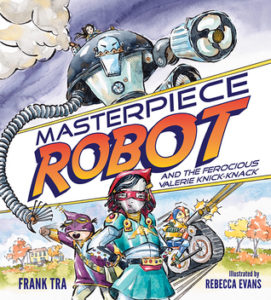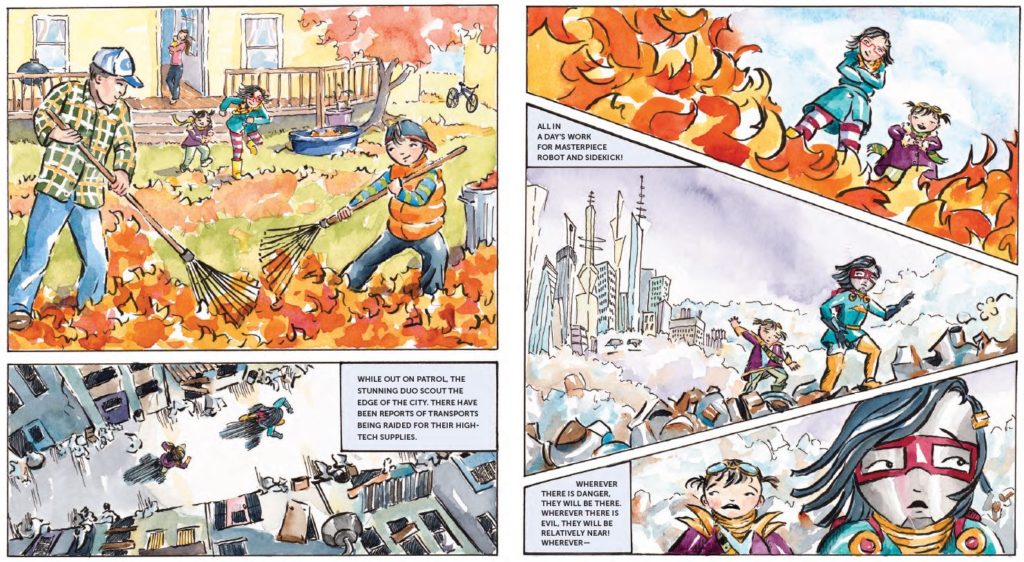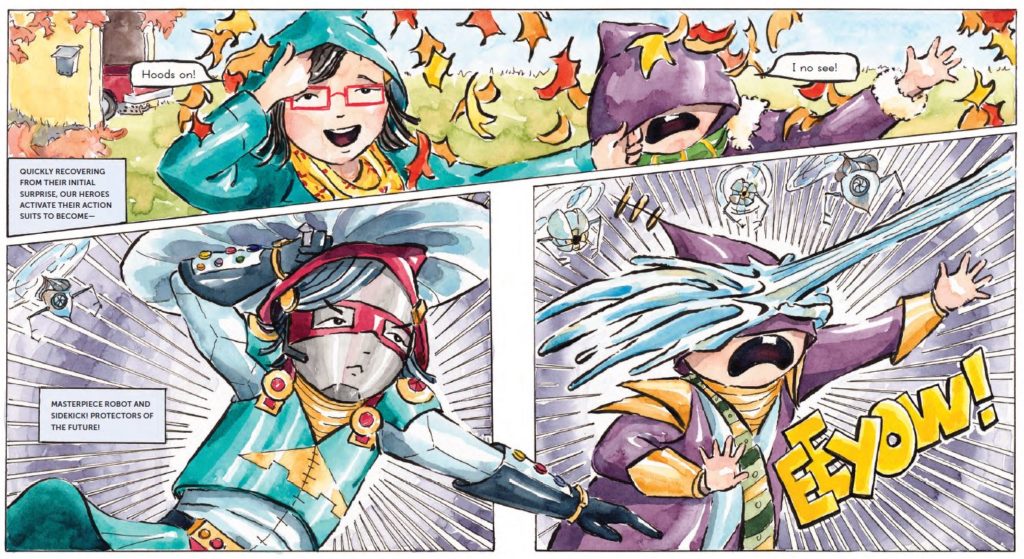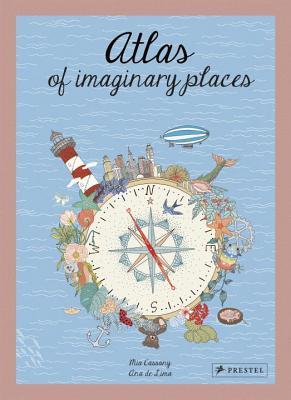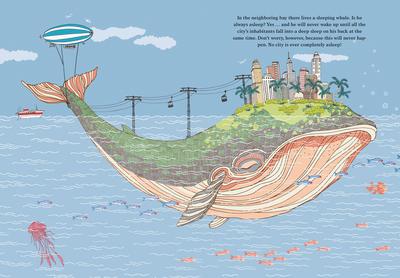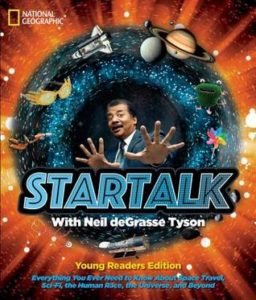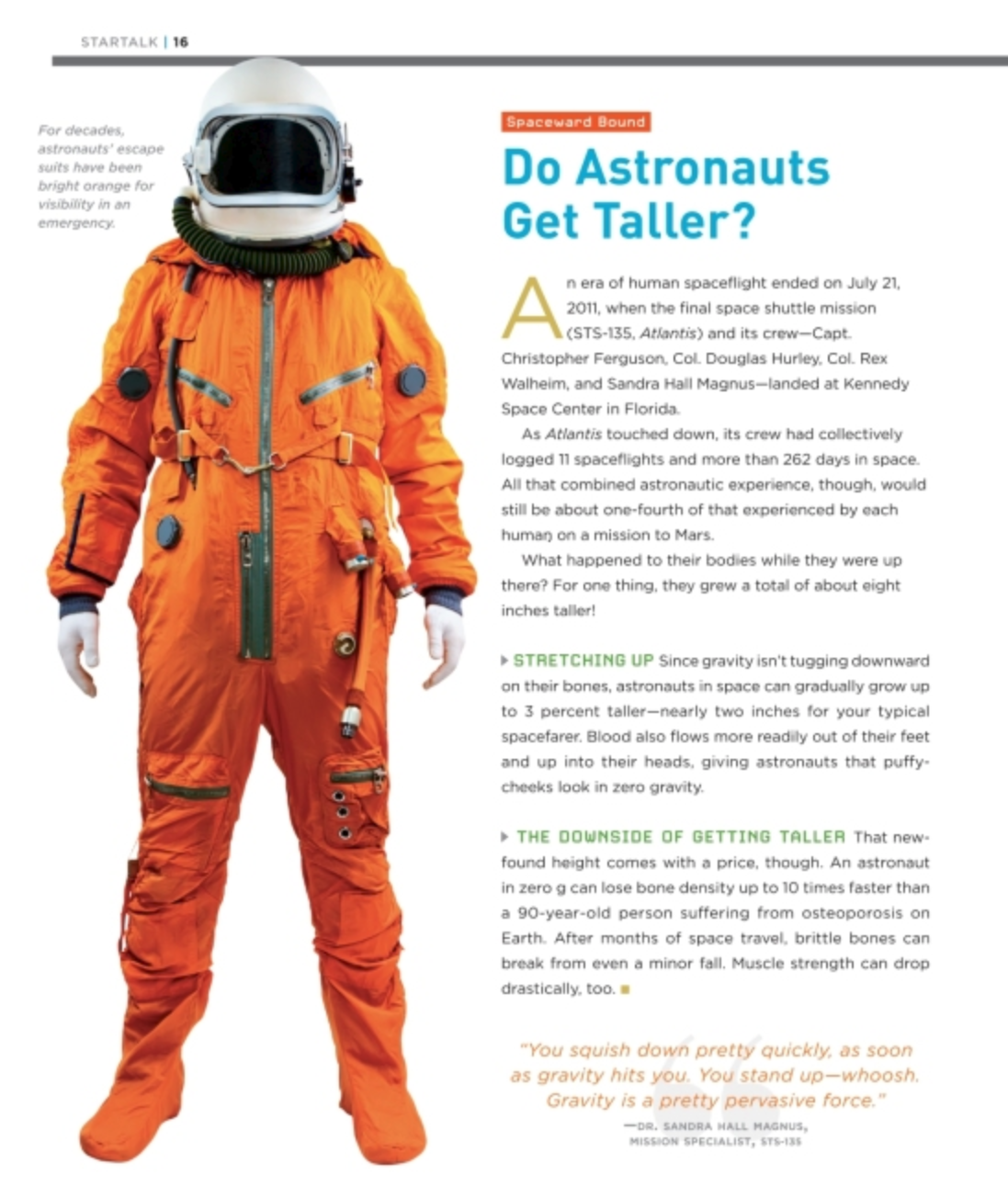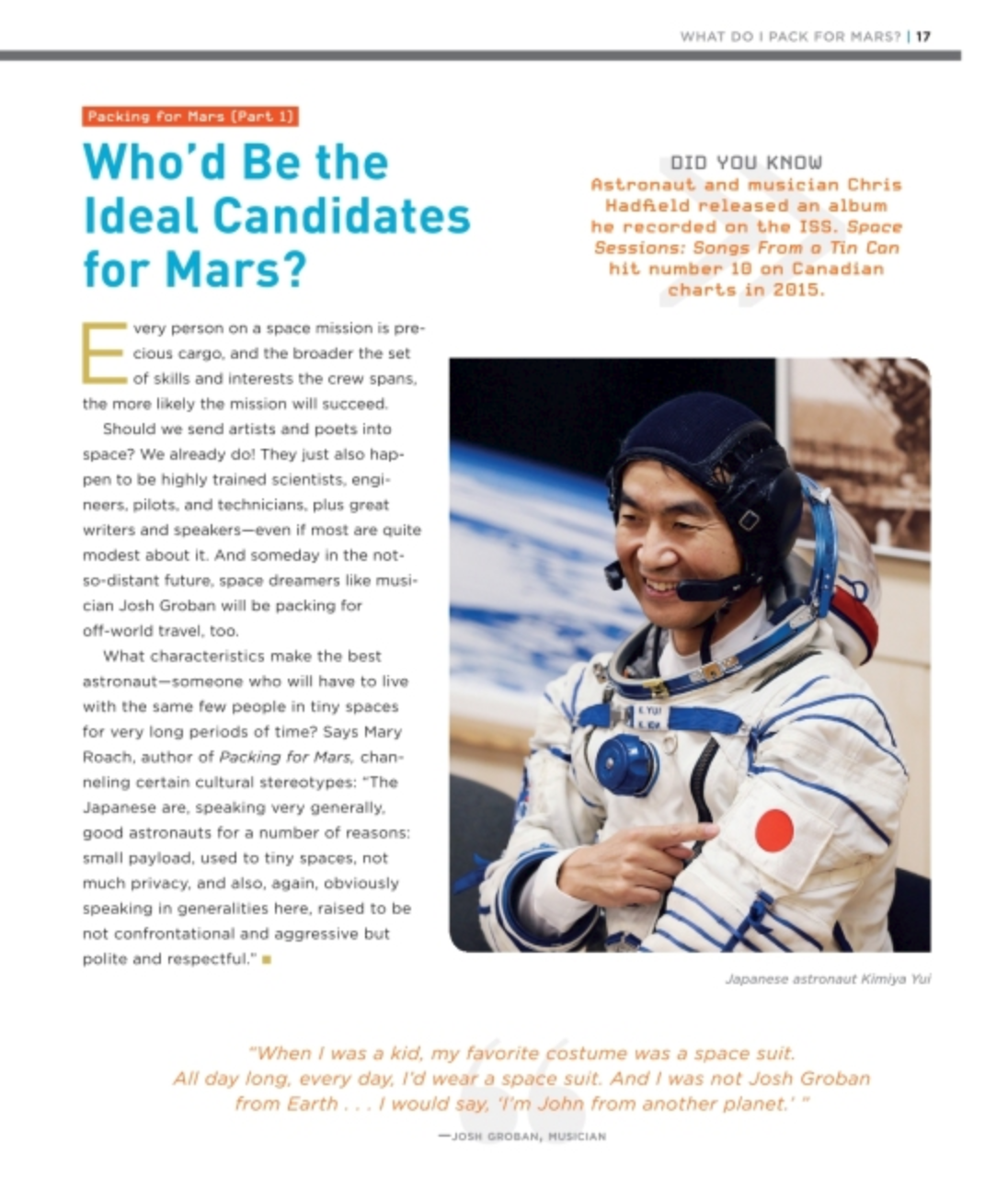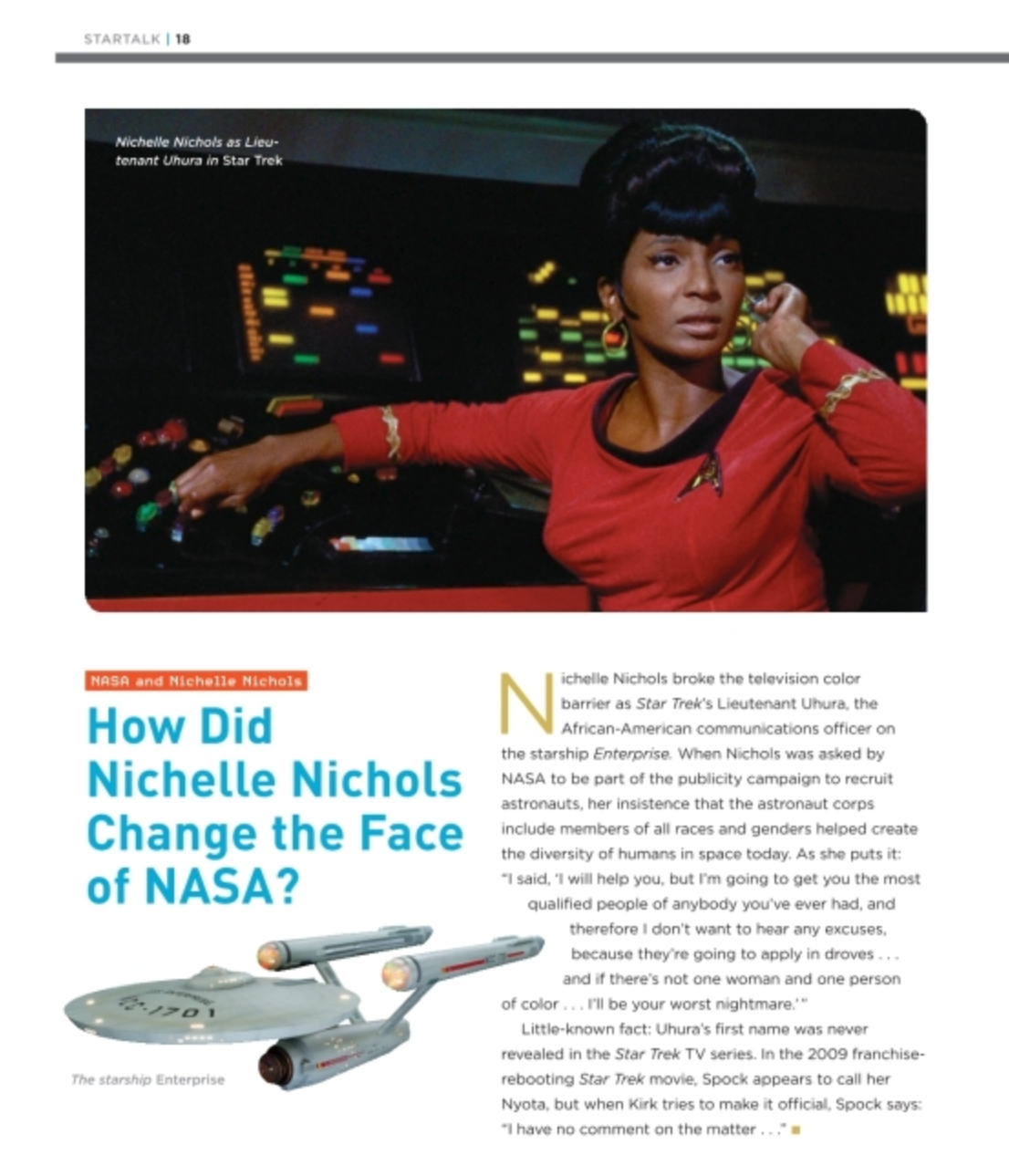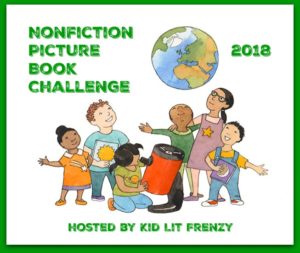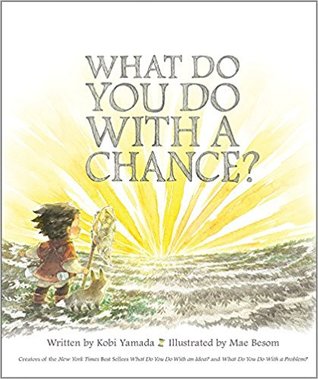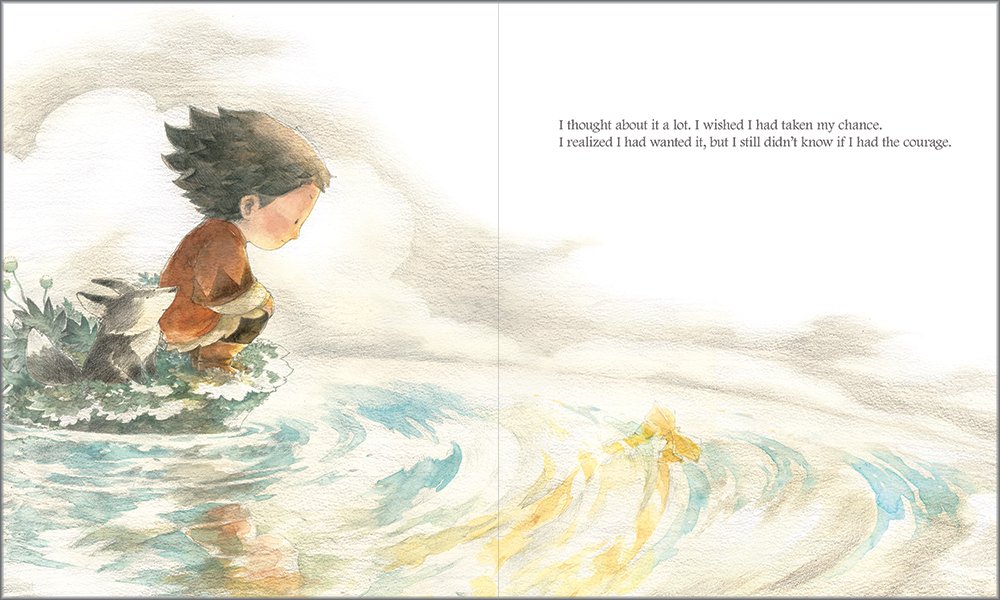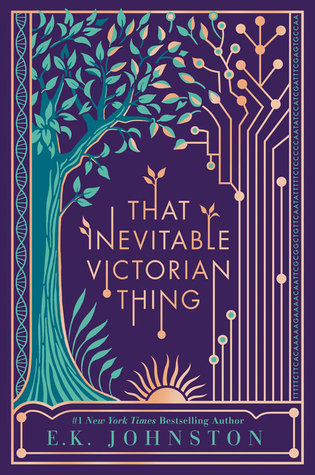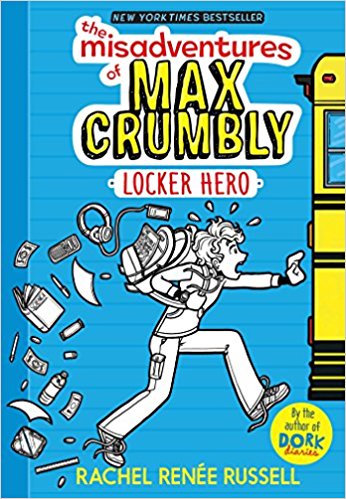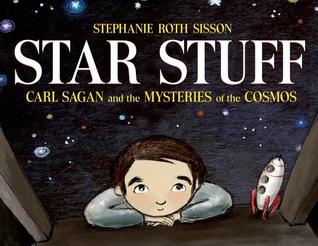Masterpiece Robot and the Ferocious Valerie Knick-Knack
Author: Frank Tra
Illustrator: Rebecca Evans
Published April 17th, 2018 by Tilbury House Publishers
Summary: Masterpiece Robot pays tribute to the power of a child’s vivid imagination, which can transform a suburban autumn backyard into a futuristic battleground and Laura’s lively siblings into unwitting but enthusiastic participants in a fight for a planet’s survival. We begin in Laura’s bedroom where she is struggling to find her way into the story she wants to write, and we end there with Laura putting the finishing touches on her triumphant tale.
When Laura―a.k.a. Masterpiece Robot―heads into the backyard with her little sister Molly―a.k.a. Sidekick―her active imagination places them instead on patrol around the perimeter of a dystopian city, guarding against super villains. Then older sister Amber―a.k.a. Valerie Knick-Knack―throws handfuls of fallen leaves at them, unknowingly initiating a battle for the ages.
This one is such a fun read, and one kids will definitely relate to! It also lets adults relive those childhood memories where ordinary things – such as a pile of leaves, or a large cardboard box – can turn extraordinary with just a bit of imagination. The transitions back and forth from suburbia to dystopia in this story within a story are deftly rendered with contrasting palettes. The rollicking interactions of the sibling heroes and villains make Masterpiece Robot pure fun to read.
About the Author & Illustrator:
A child of Vietnamese immigrants, FRANK TRA proudly calls Wichita, Kansas home. Frank attended the University of Kansas to wrestle and write comic books. While there, he also earned a Doctorate in Pharmacy. He has been a cancer pharmacist for the last ten years. Frank’s writing credits include two graphic novels and several comic books. Masterpiece Robot is his first children’s book. Dr. Tra resides in a quiet neighborhood with his wife, Katy, and their six children: Amber, Laura, Roman, Molly, Tommy, and Isaac. He spends his spare time writing, fishing, and coaching his high school wrestling team.
REBECCA EVANS worked for nine years as an artist and designer before returning to her first love: children’s book illustrations and writing. Her children’s books include Someday I’ll Fly; Friends in Fur Coats; The Good Things; The Shopkeeper’s Bear; Naughty Nan; Amhale in South Africa; Vivienne in France; Mei Ling in China; Marcela in Argentina; Tiffany in New York; and Tatiana in Russia. She lives in Maryland with her husband and four young children, shares her love of literature and art regularly at elementary schools, teaches art at the Chesapeake Center for the Creative Arts, and works from her home studio whenever time permits. Rebecca’s boundless imagination enjoys free rein at www.rebeccaevans.net.
Review: I love this book! I love the story, I love the spread of imaginative play, and I love the humor! It is so smart how the author and illustrator told both stories: the literal and the imaginative, and both stories are developed and fun to read together AND separately. This made for a quite complex book which is also really appealing to kids (and parents/teachers). I’m also a big fan of the artwork in the book. The illustrator did an amazing job changing the style just a bit for the imaginative and the reality but also kept her signature style in both. The illustrations definitely added to the narrative making this book a must get. I also loved that this is a sci-fi picture book because not many exist.
Teachers’ Tools for Navigation: There are a few different ways I envision this book being used in a classroom. First, I would like to say that it’s best would be in a read aloud with a conversation around the reality versus imaginative. There is also some great word choices and vocabulary throughout. Lastly, the reality has very little narrative, so students could write the story of what is actually happening. The discussion questions shared below will also lead to some great activities and discussions.
Discussion Questions:
- What character in real life was the imaginative characters?
- Compare and contrast the reality and imaginative story.
- How did the illustrator change her style for reality versus sci fi?
- Think of a chore that you do at home. What could you imagine you were doing when you are doing your chore?
Flagged Passages:
Read This If You Love: Zathura by Chris Van Allsburg, Du Iz Tak? by Carson Ellis, Where the Wild Things Are by Maurice Sendak, Not a Box by Antoinette Portis, Going Places by Paul and Peter Reynolds, Weslandia by Paul Fleishman, and other books that promote imagination and creativity
Recommended For:
